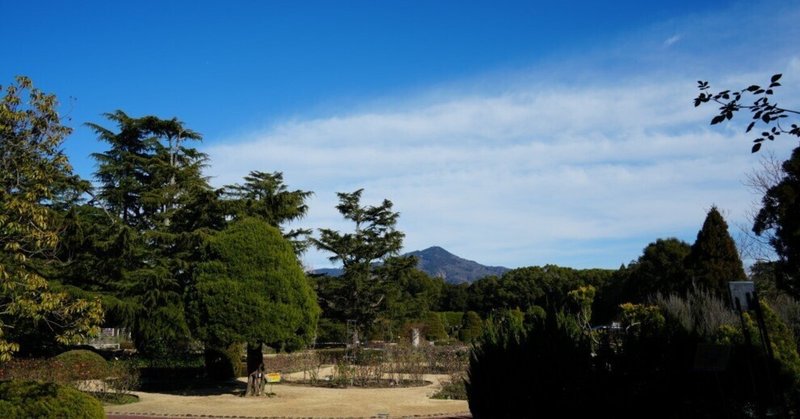
In fact, even after GHQ left, Asahi did not stop undermining Japan and did not try to stand on the side of the Japanese people. So, who did they follow?
The following is from Masayuki Takayama's latest book, "Henkenjizai: Who Buried Shinzo Abe?
This book is the latest in a series of bound editions of his famous columns in weekly Shincho, but the original text has been polished to make it even easier to read.
He deserves the Nobel Prize for Literature for this one book alone.
It is a must-read not only for the Japanese people but for people worldwide.
Former Prime Minister Reveals Asahi's Lies
Until the immediate postwar period, the Asahi Shimbun was decent.
They reported with a frown the 120 cases of rape and looting of U.S. soldiers that occurred each day after the U.S. troops moved into the country.
They also warned citizens that they would "snatch fountain pens and wristwatches, too.
The Nippon Times also commented, "If it is the same military government, the Japanese military during World War II is much better.
The Asahi newspaper asked Ichiro Hatoyama about the atomic bombing and published the following article on September 15, 1945.
Hatoyama declared that "the atomic bomb is a war crime, an act that violates international law more than the attack on the hospital ship or poison gas," and harshly criticized "U.S. generals should go to the A-bombed cities and see the devastation.
When GHQ forced the publication of the article "The Massacre of Manila Citizens by the Japanese Army," the editorial office protested, "How could 100,000 people be raped and killed under the bombardment of the U.S. Army?
They added to the article, "There are witnesses" and "It should be verified."
These two incidents angered GHQ, and when an order was issued to Asahi to cease publication, it was generally said that Asahi volunteered to be a "loyal dog to the Allied Forces.
Some people believe that he not only switched sides but actively "abandoned Japan.
In fact, even after GHQ left, Asahi did not stop undermining Japan and did not try to stand on the side of the Japanese people.
So, who did they follow?
For example, Kyozo Mori continued to write the foreword for the Asahi Journal, and Tomoo Hirooka chose to live with Mao Zedong.
Hirooka had Honda Katsuichi write "Travels in China" without a shred of truth for Mao and despised the Japanese.
Hata Masaru and Watanabe Seiki followed the Soviet Union, chanting, "Long live Stalin."
Even within the editorial office, the Chinese faction and the Soviet faction were bitterly opposed to each other, but they cooperated in their criticism of Japan.
In the 1980s, when the Soviet-leaning Mr. Watanabe was president, he made a big fuss about the Ministry of Education's textbook inspection, saying that the Japanese invasion of North China had been rewritten as an advance by the Japanese military.
He continued, "There was the Nanking Massacre. The 23rd Miyakonojo Regiment, which led the invasion, committed the massacre.
It also carried a special report, "This is the poison gas operation in China," with a picture of smoke billowing in the air.
All three stories were false, and Asahi did not even issue a correction when the lies were exposed.
Meanwhile, Ryu Shintaro, through his friend from his correspondent days, Allen Dulles, continued to browbeat the CIA into publishing the "War Guilt Information Program (WGIP)" left behind by the GHQ.
Meanwhile, Kyozo Mori's Asahi Journal sold 250,000 copies weekly, inciting students.
During the 1960 Security Treaty, he had 100,000 students rush into the Diet, causing the death of Michiko Kanba.
When the atmosphere on the eve of the revolution became favorable, Ryu Shintaro immediately took on board the intentions of the U.S., which did not favor the communistization of Japan.
He summoned the chief editors of seven Tokyo-based newspapers, including Mainichi, Yomiuri, and Sankei.
He had them publish a joint editorial appeasing the protesting students and urging them to "reject violence and protect parliamentary democracy.
The companies knew that Mao Zedong and the Soviet Union were behind Asahi.
But they also knew that the most significant presence was the United States.
Ryu's words were the words of the United States.
The world was surprised.
They wondered if the Asahi Journal would incite a revolution and remove the ladder at the last minute.
To Asahi, Japan was an object of ridicule and humiliation but a country it had long since abandoned.
And did they remove the ladder at the last minute?
What does it matter?
Shinzo Abe was the man who appeared at the opposite end of the spectrum from Asahi.
The former prime minister exposed the comfort women lie that Asahi had Seiji Yoshida tell and effectively contradicted it by verifying the Kono statement that had sanctioned it.
The Murayama Danwa, the Japanese version of the WGIP that Asahi defended, was also replaced by the Abe Danwa, which talks about "Japan winning the Russo-Japanese War and encouraging the people of the Asian colonies.
Asahi was outraged, and the Soviet, Chinese, and American factions united to defeat Abe.
Masakazu Honda wrote a lie about "altering NHK programs," and Hiroshi Hoshi pursued wartime sex slavery.
Still, the boomerang effect, or rather the opposite, resulted in the head of President Kimura Ikyo being blown off.
The Osaka Shakai-bu fabricated the "Morikake" scandal, which also rebounded on Asahi, resulting in a ¥14 billion recurring loss.
The insanity that followed the empty "Death to Abe" invective took off.
There was no end in sight anyway.
Why don't you discontinue the publication before you are arrested for abetting murder?
(August 4, 2022 issue)

この記事が気に入ったらサポートをしてみませんか?
